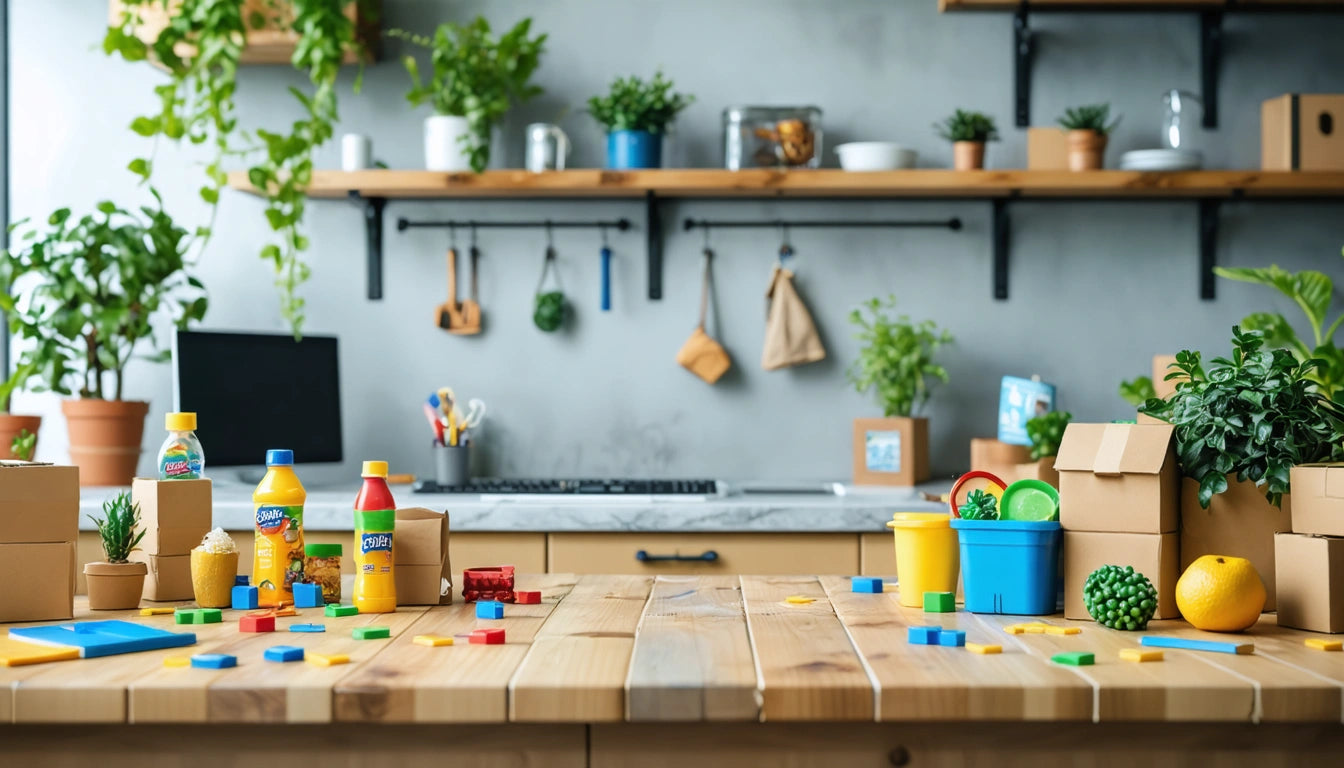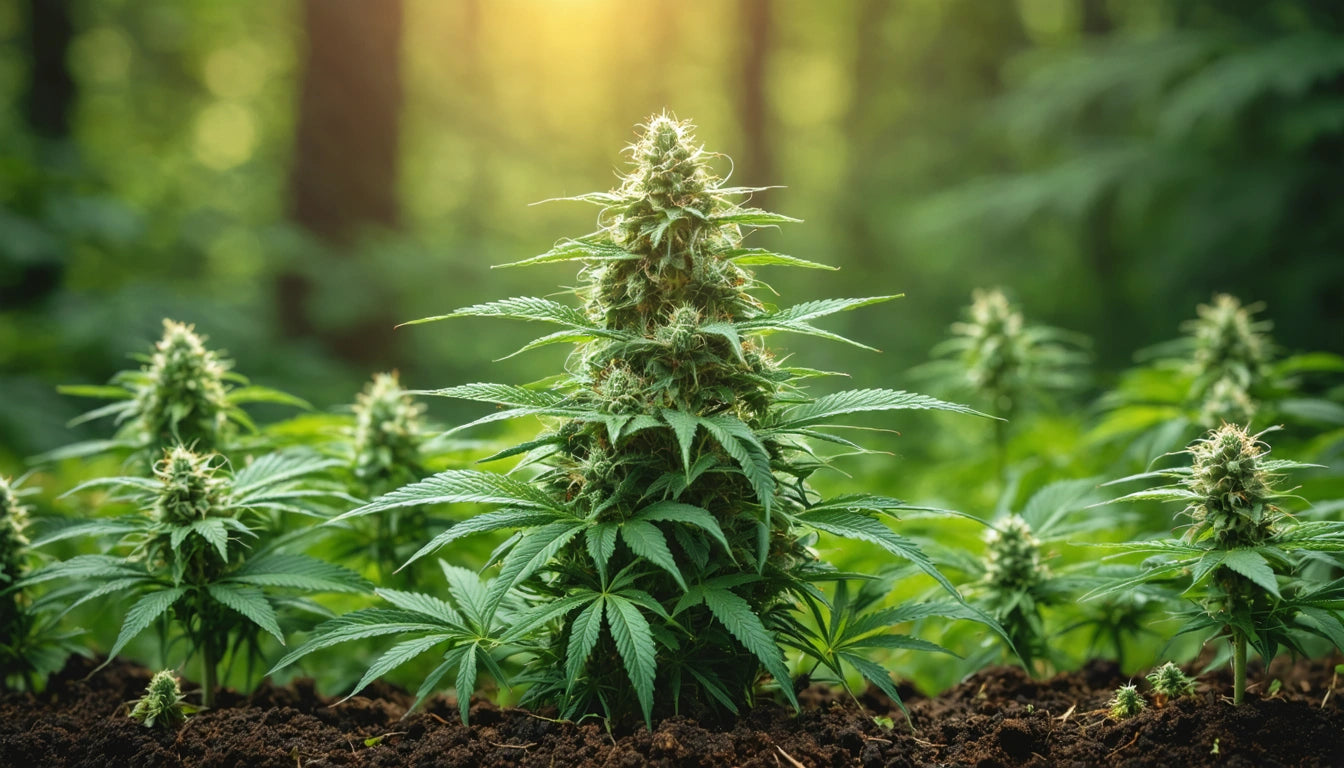Table of Contents
- Balancing Safety and Design: The Child-Resistant Packaging Challenge
- Understanding Child-Resistant Requirements: The Regulatory Landscape
- Innovative Child-Resistant Designs That Don't Sacrifice Aesthetics
- Materials Matter: Sustainable Options for Child-Resistant Packaging
- Testing and Validation: Ensuring Your Stylish Packaging Meets Standards
- The Future of Child-Resistant Packaging: Where Safety Meets Brand Experience
Child-Resistant Packaging That's Safe and Stylish
For brands in regulated industries, child-resistant packaging represents both a compliance necessity and a design challenge. The good news? Today's packaging innovations make it possible to protect children while still creating packaging that enhances brand identity and consumer experience.
Balancing Safety and Design: The Child-Resistant Packaging Challenge
Child-resistant packaging was once synonymous with clinical-looking containers and frustrating user experiences. However, modern packaging designers have revolutionized this space by creating solutions that satisfy both safety regulations and brand aesthetics.
According to our comprehensive guide on safe and stylish packaging, the key lies in approaching child resistance as a design opportunity rather than an obstacle. By incorporating CR mechanisms into the fundamental design concept, brands can create packaging that feels intentional rather than compromised.
Understanding Child-Resistant Requirements: The Regulatory Landscape
Before diving into design considerations, it's crucial to understand the regulatory framework governing child-resistant packaging:
- CPSC (Consumer Product Safety Commission) standards, including the Poison Prevention Packaging Act
- ASTM D3475 and 16 CFR 1700 testing protocols
- Industry-specific regulations for cannabis, pharmaceuticals, and household chemicals
- State-level requirements that may exceed federal standards
As highlighted in this overview of rapidly changing packaging laws, staying current with regulations is essential. Many brands benefit from working with suppliers who specialize in compliant packaging and can navigate the complex regulatory landscape.
Key Testing Requirements
Child-resistant packaging must undergo rigorous testing, typically involving:
- Testing with children aged 42-51 months
- Senior-adult testing (50-70 years) to ensure accessibility
- Sequential testing protocols
- Specific success rate thresholds
These requirements ensure that packaging protects children while remaining accessible to adults, including those with dexterity limitations.
Innovative Child-Resistant Designs That Don't Sacrifice Aesthetics
Today's market offers numerous child-resistant mechanisms that can be incorporated into visually appealing packaging:
Push-and-Turn Innovations
The classic push-and-turn mechanism has evolved significantly. Modern versions feature:
- Lower profile designs that integrate with sleek containers
- Color-coded indicators for easier adult use
- Ergonomic shapes that enhance usability while maintaining safety
Squeeze-and-Pull Solutions
These mechanisms require simultaneous actions that children typically cannot coordinate:
- Integrated into premium rigid boxes
- Often combined with magnetic closures for added luxury feel
- Can be designed with brand-specific shapes and ergonomics
Slide-and-Lock Systems
Particularly popular in the cannabis industry, these systems:
- Allow for larger branding areas
- Can incorporate premium finishing techniques
- Often work well with humidity control solutions to maintain product freshness while ensuring child safety
When designing child-resistant packaging, consider how these mechanisms can become signature elements of your brand experience rather than necessary evils.
Materials Matter: Sustainable Options for Child-Resistant Packaging
As extended producer responsibility laws become more prevalent, brands must consider sustainability alongside safety and aesthetics.
Fortunately, several materials offer both child resistance and environmental benefits:
- Recyclable plastics with child-resistant mechanisms
- Paperboard solutions with special folding techniques
- Biodegradable options for certain applications
- Reusable containers that extend package lifecycle
The intersection of sustainability and child resistance represents one of the most innovative areas in packaging design today, with new solutions emerging regularly.
Testing and Validation: Ensuring Your Stylish Packaging Meets Standards
Even the most beautiful packaging is worthless if it fails compliance testing. A strategic approach to validation includes:
- Early prototype testing to identify potential issues
- Working with certified testing laboratories
- Understanding specific requirements for your product category
- Documenting all testing procedures and results
As explained in this overview of new child-resistant packaging rules, testing protocols continue to evolve. Brands should build relationships with testing facilities and stay informed about changing standards.
The Future of Child-Resistant Packaging: Where Safety Meets Brand Experience
Looking ahead, several trends are shaping the future of child-resistant packaging:
- Smart packaging with electronic child-resistant features
- Customizable mechanisms that can be branded more effectively
- Inclusive designs that consider users with disabilities
- Materials innovation that improves both sustainability and safety
As noted in this guide on balancing compliance and creativity, the most successful brands view regulatory requirements as creative constraints that drive innovation rather than limit it.
By embracing this mindset, companies can develop packaging that protects children, pleases consumers, and strengthens brand identity. The result is packaging that doesn't just comply with regulations but actually leverages them to create competitive advantage in the marketplace.











Leave a comment
All comments are moderated before being published.
This site is protected by hCaptcha and the hCaptcha Privacy Policy and Terms of Service apply.